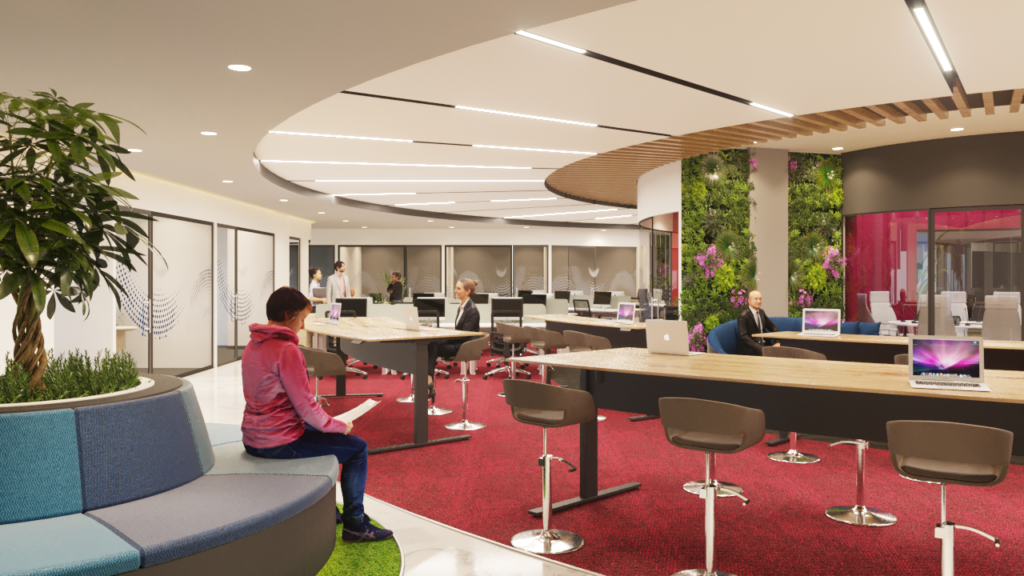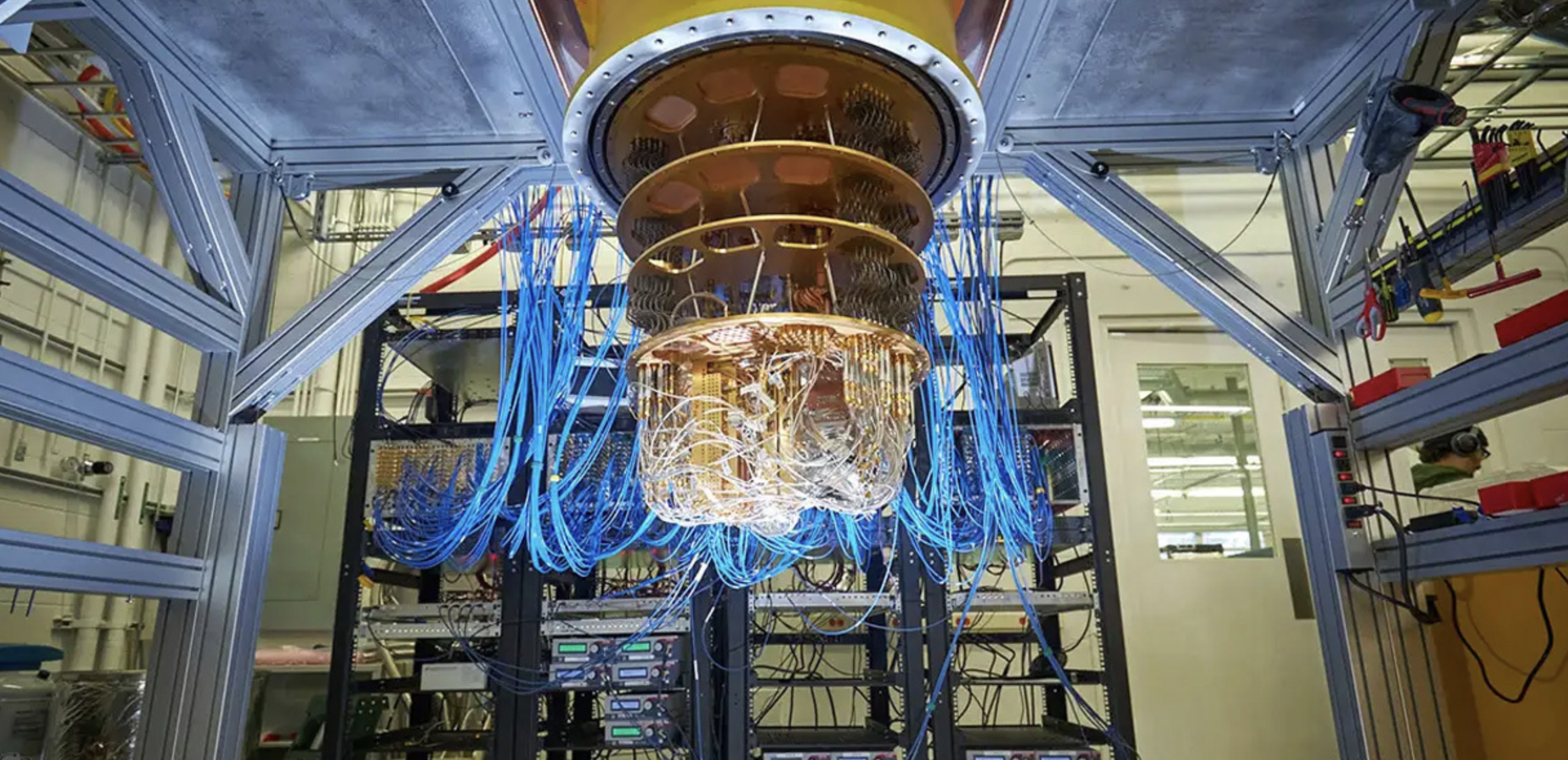Your home is your sanctum sanctorum – a fortress against the stresses and demands of the outside world. Interior design plays an important role in elevating your mood and putting you in the right frame of mind, and lighting is a key component of this. Lighting not only creates an ambience, but also highlights specific areas or features of your room and shapes an occupant’s perspective of a space by making its dimensions appear different. Ensuring effective lighting for your interiors therefore requires a carefully planned installation.

A well-conceived lighting plan serves to elevate the aesthetics of your spaces, enhance its functionality, and ensure optimal colour representation. Achieving the desired effect requires a thorough understanding of the different types of lighting that are used in interior design.
Ambient Lighting
Ambient lighting is one of the most important aspects of illuminating your spaces. It provides general illumination to your room, as well as enhancing its warmth and depth. Chandeliers, track lights, and recessed lights are the widely used ambient lighting options for interiors. Ambient lights not only add to the aesthetics of your space, but also makes them safer and more functional. An effective interior lighting plan should therefore begin with ambient lighting, to elevate the overall experience of using the space.
Task Lighting
As the name suggests, task lighting provides illumination for specific tasks – focusing on areas within a space where activities such as cooking, reading, or working on a computer occur. The use of task lighting offers a range of a benefits, including improved productivity, improved atmosphere and mood, and reduced eye strain. In addition to ensuring that tasks are performed efficiently, task lighting is invaluable from an interior design perspective, helping strike the perfect balance between aesthetics and functionality. Desk lamps, floor lamps, under-cabinet lights, ceiling pendants and reading lights are some of the task lighting solutions that can add a stylish element to your spaces with decorative designs.
Accent Lighting
In addition to providing illumination, accent lighting serves to add layers, depth and an element of intrigue to your space. It highlights architectural details such as archways, alcoves and decorative mouldings. Accent lights also illuminate specific areas, elevating their aesthetic appeal by building an atmosphere and enhancing texture. Shelf or cabinet lighting, picture lights, toe-kick lighting, strip lighting and wall scones are among the popularly used accent lighting solutions – significantly elevating the beauty and functionality of your interiors.
Architectural Lighting
Architectural lighting involves integrating light sources into the structure of the space. It serves to highlight architectural features, create a pleasing ambience, and enhance functionality. In addition to fulfilling the need for illumination, architectural lighting also contributes to spatial aesthetics. By highlighting artwork or other decorative features, and adding brilliance to a space, it significantly elevates your interior design efforts. Architectural lighting can encompass a number of other lighting types.
Towards Interiors That Shine Bright and Inspire
Lighting is an immensely powerful element of interior decor, holding the power to breathe new life into your spaces. A clear understanding of the core purpose of a room will help you determine the right types of lighting for it, for e.g. strong task lighting for a study, ambient lighting for a bedroom or other relaxing space. When leveraged correctly, lighting not only adds to the aesthetic appeal of your interiors, but enhances your convenience and lifts your mood, resulting in a better overall living experience.












